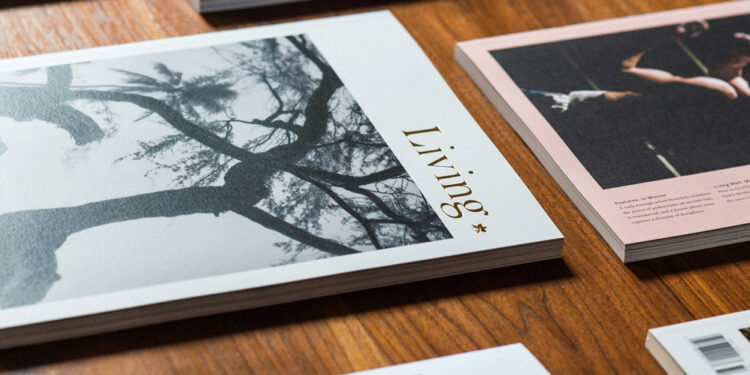Getting media coverage as a commercial photographer
Bottom Line: Media coverage for photographers isn’t a stroke of luck—it’s the result of well-framed narratives, strategic partnerships, and consistent collaboration. Focus on building relationships with both clients and journalists, and tailor your story to showcase the journey and essence behind your work.
Crafting a Professional Press Kit
A press kit is your first handshake with the media. It should concisely package your work, background, and relevant project details. However, understand that a press kit alone rarely guarantees organic coverage. Use it as a tool to support collaborative efforts—especially with a PR agency that can leverage client testimonials and project validations to bring your narrative to editorial attention.
Writing Compelling Press Releases
Press releases need to do more than announce—they should tell a story. Avoid rushing to publish images or projects before your client has had their say. For commercial clients, a joint narrative that highlights the project’s journey works best, while with private clients, a heads-up about your intent ensures trust isn’t compromised. The emphasis is on a collaborative story, rather than a premature self-promotion.
Identifying the Right Media Outlets and Journalists
Success in digital PR rests on targeting the right audience. Instead of pitching to broad, national outlets indiscriminately, focus on media that appreciate the depth and context behind your projects. Tailor your pitch to underline the story behind the image—the topic, the journey, and the experiences—rather than centering solely on your business credentials. This approach sharpens your pitch and resonates more authentically with targeted journalists.
Pitching Your Story Effectively
Transform your role from photographer to storyteller by proposing compelling feature ideas. Consider contributing as a guest writer for outlets that welcome industry insights. For instance, platforms like Photographers Limited encourage features touching on business, marketing, and personal project insights. By positioning yourself as both an artist and a commentator, you not only share your skills but also build a broader, engaged audience.

Following Up Without Being Intrusive
Persistence is key, but balance is essential. When following up with editors or journalists, avoid generic “write for me” messages. Instead, offer fresh ideas or creative angles that complement your initial pitch. A thoughtful follow-up that suggests supplemental project proposals or interesting narratives shows your commitment and positions you as a collaborative partner rather than a self-serving applicant.
Leveraging Media Coverage for Brand Authority
Every feature is a chance to build your brand’s authority. Use media placements to boost your SEO and validate your expertise by ensuring each mention is tied back to a professional bio, a portfolio link, or even client testimonials. This strategy not only enhances your credibility but also creates a robust, interconnected digital footprint that supports long-term brand identity.
Long-Term Media Relationship Building
The true power of digital PR lies in developing lasting relationships with media professionals. Stay engaged with journalists and editors by periodically sharing updates, exclusive behind-the-scenes insights, or new project proposals—even when you’re not actively pitching a story. This ongoing interaction lays the foundation for a network that not only remembers you but is also more inclined to feature your work consistently.
